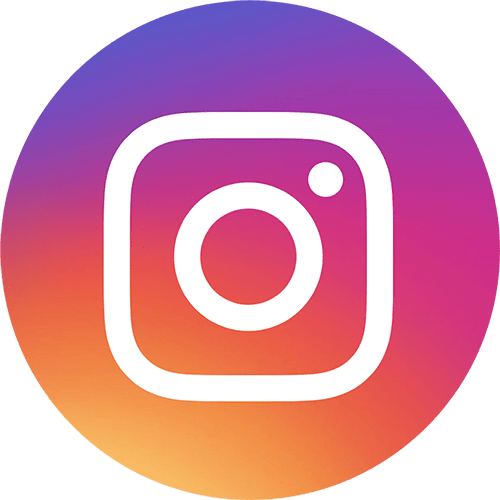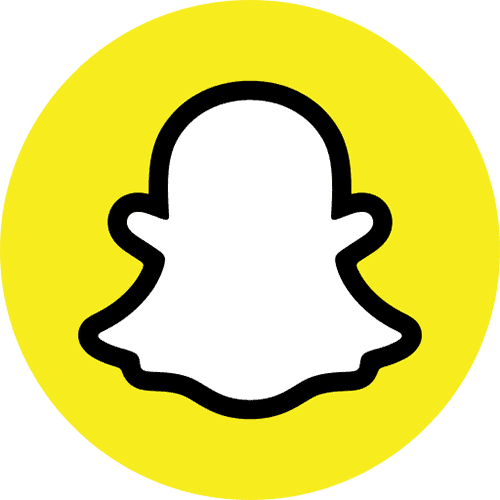Oftentimes, people tend to think I don’t listen because of how much I talk. The truth is, for every second you don’t see me talking, I am listening intently.
Listening informs everything I do from the content I put out to the investments I make, and I take my cues straight from the source: consumers. Whether in business or in life, I have a genuine interest in human beings and what makes them tick. I’m always looking to understand what people are giving their attention to and why. While most brands and businesses are drowning their audiences in self-interested messaging and content, I know the real magic is in the trenches with real people doing hand-to-hand combat — reading and learning as I respond to comments, DMs, emails, tweets, and text messages. Since my early days at Wine Library, “social listening” has been the foundation of my business career.
We are living through the humanization of business. It’s no longer enough to just say how much you value your customers — you have to actually live it by providing real value and utility. The question then becomes, how can you serve an audience if you don’t know them? — their likes, dislikes, the stuff they think is amazing, and the stuff they think absolutely sucks. Social media gives you a direct line to all of the above. What this means for you is that there is an unprecedented amount of free market research available to you at any moment, if you’re willing to pay attention.

WHAT EXACTLY IS SOCIAL LISTENING?
Let me paint you a picture. Imagine that you’ve walked into a coffee shop and sat down next to a couple. They happen to be talking about your brand. What are the chances that you would sit there quietly? Absolutely none. I guarantee that you would introduce yourself, thank them for their business, and join the conversation. The benefit of social listening is that it presents this same exact opportunity, but online and at scale. Every Twitter mention, hashtag, Instagram comment or DM is yet another coffee shop conversation you get to join.
Social listening is the process of mining social media platforms and websites for mentions or conversations about your brand, products or services, industry, or competitors, and using those insights to frame your next steps. Listening holds the keys to everything you need to know about how your brand, product, or service is being received, as well as emerging trends and how consumers actually feel. Ignore it, and you leave behind invaluable information. Use it correctly, and you’ll learn how to maximize your content creation, product development, customer service, and marketing so that it resonates with your target audience.
Here is some of the information you can track with social listening:
- Your brand/business name and social media handles
- Your products
- Your branded hashtags
- Your slogans
- Relevant unbranded hashtags
- Industry-specific keywords
- Competitors’ brand names/handles/products/slogans
Analyzing this information allows you to understand social sentiment, or how people are feeling about your brand. More importantly, it lets you understand it in real time. I can’t stress enough how vital this is, but let me put it into context.
Where is the first place people typically go to search something? Google, right? If you ask me, the better answer would be Twitter. Twitter search is the lowest-hanging fruit when it comes to social listening. Literally, go to Twitter.com/search, type in a keyword, hit enter, and you can now see exactly what’s being said about your brand at any given moment. Better yet, you can respond! Google is great, but it doesn’t allow you to create context and build real relationships with the end user. If you want to up your social listening game, Twitter search is the key.
Real time search and real time listening is my favorite way to get consumer insights at scale. There are lots of resources available — check out this list of the best social media listening tools…however, there’s a ton you can do on your own. Just dig in.
SOCIAL LISTENING GUIDE
Let’s take a deeper dive into how social listening can dramatically impact your content, product, personal brand or business.
FIND YOUR MOST FREQUENTLY ASKED QUESTIONS
The goal is not just to learn how awesome people think you are, it’s to gain information that will help you better serve your community. Something I like to do is simply ask what people want to know:
View this post on Instagram
For example, this Instagram post garnered over 5,000 comments. That’s over 5,000 questions from my followers that can now fuel future content. By actively reading and responding to the topics people want to hear about, I now have an arsenal of potential topics for upcoming blog posts, podcast episodes, Instagram lives, reels, and more.
FIND YOUR CUSTOMERS’ MOST COMMON ISSUES
From general pain points to specific frustrations with your brand, product, or service, social listening gives you a window into your community’s biggest issues. When you can identify their problems, you better position yourself to address their concerns or offer solutions. For example, I make a good deal of content encouraging young adults to move out and experience life beyond their parents’ roof. How did I know this would resonate? Social listening. Through reading a ridiculous amount of comments every single day, I learned that more and more 20-30 year olds were stressed or insecure about the fact that their parents were funding their lives. I recognized that as a major paint point and used the insight to inform my content strategy.

MONITOR BRAND HEALTH
The best thing about social listening is that the results are neutral. It allows you to monitor your brand health, or in other words, keep tabs on overall public perception — positive or negative. People are often quick to dismiss negative commenters as “trolls,” but I have a different perspective. Sure, 9 out of 10 times, rude or negative comments come from people who are insecure or looking to get a reaction, but 1 out of 10 times, it’s actually something constructive…and you need to hear it all.
The best social listening approach means taking the bad with the good and using both to make your brand or product better. Positive comments don’t mean you have nothing to improve upon, and public perception can shift at any moment. The minute you become complacent is the minute you’re not actively listening. Remember, the purpose of sentiment analysis isn’t to stroke your ego, it’s to extract actionable feedback to improve the customer experience.
COMPETITOR ANALYSIS
Another invaluable benefit is access to insights about your competitors, or simply your industry as a whole. I’m not a fan of paying too much attention to what others are doing, but it’s always good to have an idea of where you stand. What are people saying about comparable brands, products, or services? Where are they excelling and where are they falling short? These are the types of questions and insights that truly live in the comment sections and social feeds.
FIND TOP INFLUENCERS AND AMBASSADORS IN YOUR INDUSTRY
If you want to read more on how to grow your business on social, check out my blog on influencer marketing. For now, let’s discuss two strong examples of how to find influencers using native tools on social platforms. First, you can search by town. On Instagram, enter the name of a town and you can see every single photo that was posted broken down into most popular and most recent posts. Find someone in your niche and DM them: “Hey! We love your profile and would like to work with you!” It’s that simple.
Alternatively, you can find influencers or brand ambassadors through hashtags. Go to Instagram and search your branded hashtags or those related to your industry and engage with people that are sharing posts. Spend a couple of hours on this every day and you’ll be amazed at the amount of underpriced distribution and awareness available to you.
CREATE DEEPER CONNECTIONS WITH YOUR CUSTOMERS
Finally, social listening comes down to giving back. We are living in a Thank You Economy, and the best marketing strategy is to care! One of my favorite ways to provide value is through surprise and delight. For more on the power of S&D, check out this case study, but the most important takeaway here is that social media is a great tool to find out about your community’s interests and build authentic connections. Talk to people, find out what they love, and figure out how you can use it to offer value, solve a problem, or just brighten someone’s day. Trust me, it goes a long way.
WHY SOCIAL LISTENING MATTERS
Social listening boils down to a few key things:
- It eliminates the guesswork. When you’re actively listening, you don’t have to wonder what will resonate — you know, because you’ve been paying attention.
- It allows you to join larger conversations. Social listening removes you from your brand bubble and lets you view things within the context of bigger cultural conversations. When you’re properly informed about your target audience’s values, interests, and concerns, you ensure that your brand remains relevant and conscious while avoiding missteps that could lead to a PR crisis.
- It shows that you care. Consumer attention is a privilege, not a right. If you want to keep it, you have to actually give a damn about those you claim to serve…and the best service comes from listening.
This is about real people and real opinions in real time. Tune in and listen up!
Thanks for reading! If you found this post helpful, please consider sharing it with a friend!











